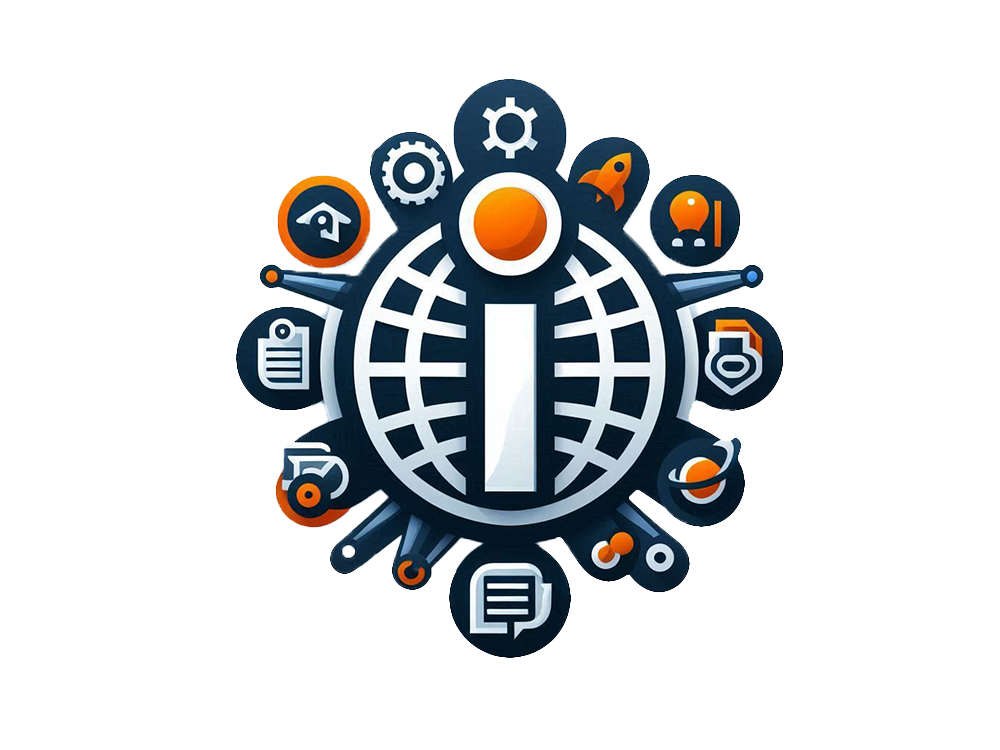Email Etiquette in 2024 is even more sensitive than before. With the advent of remote work and overall communication expansion, the ability to correctly navigate mail correspondence may significantly affect relationships. So, here is the ultimate question: what is the email etiquette, and why is it a big deal?
Understanding the Basics of Email Etiquette
What is Email Etiquette?
Business protocols in the use of e-mail refer to principles that must be followed in writing and replying to e-mails business-like. It is about being rational in how you compose your emails to make it easier for people to understand you and improve communication.
Why Email Etiquette Matters
By practicing good email etiquette in 2024 one can avoid other people yawning at your emails, build a good rapport, and portray a good image about your organization. It is one important aspect for today’s worker depending on their workplace in the growing society.
Crafting the Perfect Subject Line
Importance of a Clear Subject Line
The subject line is the brand image your recipient first gets to interact with. The effective use of the subject line facilitates the identification of the content and the organization’s priority.
Tips for Writing Effective Subject Lines
- Be specific: It is possible to state that the Meeting Agenda for 08/07 is preferable to only the agenda.
- Keep it short: Ideally between 5 and 7 words.
- Do not use ALL CAPS and be economical with punctuation marks.
Greeting the Recipient Properly
Choosing the Right Greeting
The greeting defines the initiating terms of intercommunication. It should be proportional and fitting to the relationship that you two share and the circumstances around you two at that certain time.
Formal vs. Informal Greetings
- Formal:” Hello Doctor Smith,”
- Informal: “Hi John,”
The Body of the Email
Structuring Your Email
An avoidable complexity in the arrangement of the writing in an email makes it difficult to comprehend. Incorporate the use of subheadings, list format, and short easy-to-read paragraphs.
Keeping the Message Clear and Concise
Aim to the heart of the case without establishing too much unnecessary data. Do not use many professional terms and refer to the key themes.
Tone and Language
Using Appropriate Tone
Gentlemen’s manners state that everything you say should be done so in tone that corresponds to the context and the recipient. Enter professional, polite but also friendly.
Avoiding Misinterpretation
Be concise when writing and avoid twisting your work in such a way that it may be misinterpreted by the readers. Re-read your email out loud so that you can detect any complexity in it.
Professional Signoffs
Common Signoffs and Their Meanings
- Such as, “Greetings” for informal emails and “Kind regards,” for formal emails.
- ‘Thank you,’ for emails that are not business-related and for expressing gratitude.
Creating a Professional Signature
Provide your name, title, and email address. The application of a good signature can be soothing to the eyes and mark professionalism.

Attachments and Links
When to Include Attachments
Incorporate the use of attachments sparingly, only when writing the body of the email. Check that they have proper names and are not too big.
Best Practices for Linking
It is recommended to use links instead of copying the links because at times the links are very long. Check all links available on the page are working and related to the content of the page.
Replying to Emails
Timely Responses
Promptness also means that the parties respect each other thus maintaining professionalism in their relations. When responding, ensure to do it as soon as possible typically within a day if possible.
Handling Misunderstandings
If an email could be misunderstood, make a follow-up of that email through a call, or send a follow-up email.
Forwarding Emails
Proper Forwarding Etiquette
Do not forward any emails unless you think it’s important that the contents of the email are forwarded to the recipient.
Protecting Confidential Information
Do not relay to anyone without first deleting any information that would trigger a response.

Handling Group Emails
Using CC and BCC Correctly
CC is used when there is a need to include individuals who should be informed while BCC is used to ensure a person’s privacy is preserved.
Managing Group Conversations
Try to make particular replies to the point and do not cross the line and flood everyone’s mail with unnecessary information.
Avoiding Common Mistakes
Overuse of Emojis and Exclamations
Though, it is allowed to use emojis and exclamations it is better to do this rarely in order not to look unprofessional.
Avoiding All Caps
Writing in all caps is equivalent to running around the house bare-knuckled because it is so rude. Use proper punctuation instead.
Cultural Sensitivity in Emails
Understanding Cultural Differences
Pay attention to the diversity of the clients’ and colleagues’ perceptions of the written word and adapt the emails.
Adapting Your Email Style
Be polite to different cultures by ensuring one understands different etiquettes on the specific culture of the recipient.
Email Security
Protecting Sensitive Information
Therefore, do not send any information over email if it is sensitive and should not be disclosed to third parties.
Recognizing Phishing Attempts
You should be wary of emails that ask for your data or contain links that look very shady.
Conclusion
Basic rules in business communication by using the appropriate language in 2024 is one of the crucial skills to build a professional image. If you follow the email etiquette in 2024 outlined above, you will be able to send highly effective, and appropriately communicated emails that are also secure. It is true that with the advancement of technology, the features of e-mail business etiquette will similarly advance; however, such tenets as comprehensibility, politeness, and formalness will never be outdated.
FAQs
Which part of the business etiquette of using e-mail do you deem as being most significant?
However, as far as prioritizing is concerned the main emphasis should be given to the aspect of clarity. It is well advised to reduce any chance of message ambiguity by using simple language and if it is online as now and then, for instance, people will misuse certain words.
How do I manage a rude email in the workplace?
Respond calmly and professionally. Argue the point without responding in kind and attempt to clear up the confusion, if there was any.
Must one respond to all of the emails that have been sent?
Many emails do not need a reply; however, it is professional to read through important emails and reply to all the questions or inquiries that are posed to you.
Is there a way to enhance the e-mail writing?
Communicate daily, ask other people what they think about your communication style, and find articles or books about communication skills. Read clear and professional emails to which you are paying attention.
What do I do when I have accidentally sent an e-mail I should not have?
Instantly, reply to the email to apologize for the mistake and ensure to also correct it. If clarification is needed, then say you are sorry if you were wrong and give the right information.













